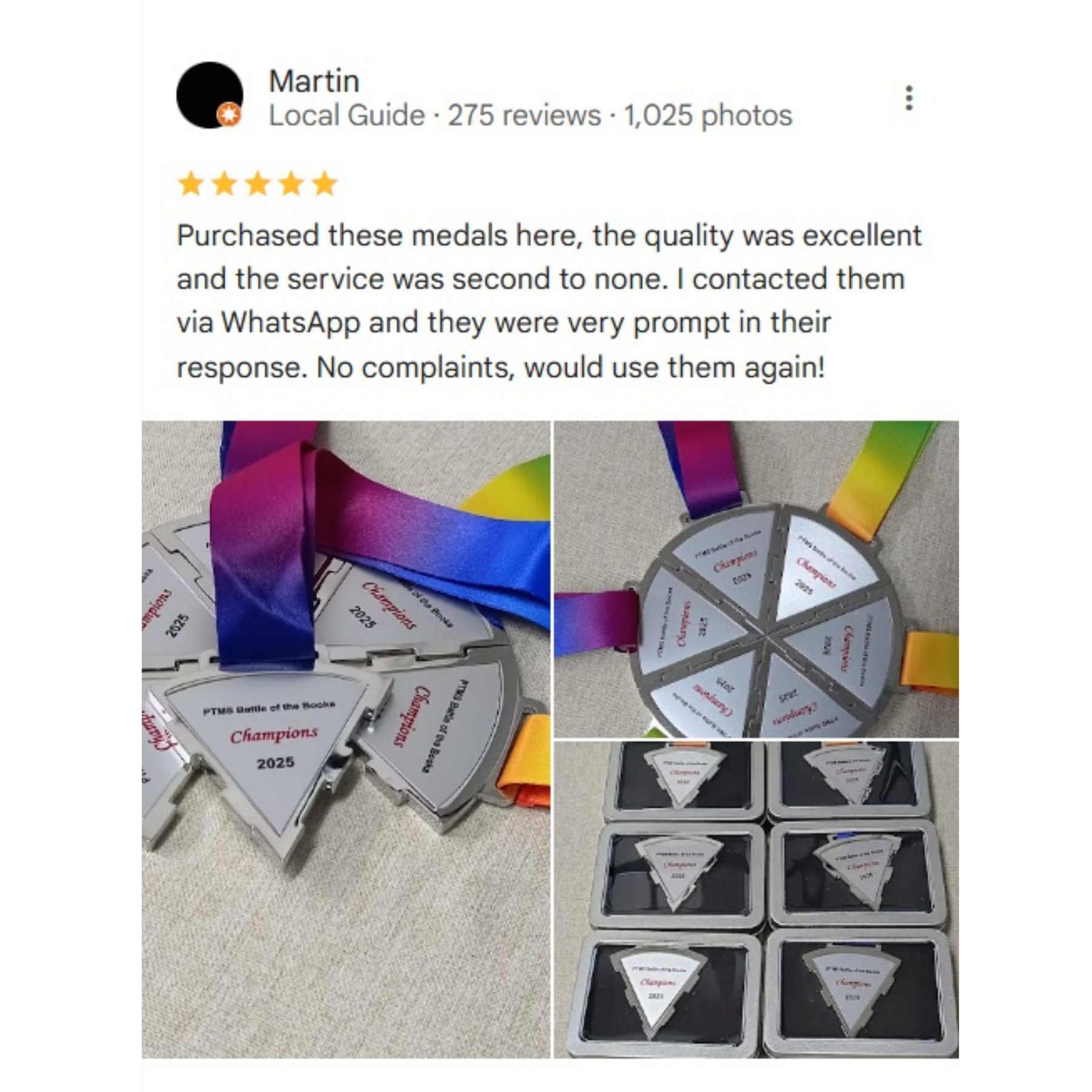There are several proven strategies to boost remote employee engagement across distributed teams. This article provides a hands on guide with actionable tactics to help you build a more connected, motivated, and productive remote workforce.
In Hong Kong, although only about 10% of employees have formal remote work arrangements, surveys show that up to 80% of workers prefer flexible or hybrid setups. This highlights a strong employee desire for flexibility, supporting the relevance of the strategies and tools discussed in this article on improving remote employee engagement.
By combining empathy driven approaches, collaborative technology, and a culture of flexibility, companies can sustain high-performing distributed teams with strong loyalty and morale.
Understanding Remote Employee Engagement
Remote employee engagement is key to productivity, loyalty, and organizational success. In remote work settings, employee engagement becomes more complex due to limited face-to-face interactions and fewer informal communication channels.
Remote employee experience is often affected by isolation, tech challenges, and the lack of social and professional support. A deep understanding of remote work dynamics and tailored engagement strategies is essential.

Engagement levels vary between remote, hybrid, and on-site teams. Studies show that remote employees can be highly engaged due to flexibility, but are also more vulnerable to burnout without the right support systems.
10 Strategies to Boost Remote Employee Engagement
Whether you're seeking to improve employee engagement remote work performance, develop a stronger remote worker employee experience, or increase engagement for remote employees in a distributed setup, the strategies below provide a practical roadmap.
1. Provide Consistent Feedback and Recognition
Acknowledging contributions is a fundamental driver of employee engagement remote workforce success. Using tools like Bonusly or Culture Amp, organizations can deliver real-time digital recognition that transcends physical distance.
5 Employee Engagement Strategies to Boost Loyalty
Recognizing contributions isn’t just about saying “thank you”, it's about making that appreciation felt. One way to reinforce recognition in a tangible, memorable way is through thoughtful gifts.
2. Show Genuine Care for Employees
Building meaningful relationships is essential to employee engagement for remote workers. Show empathy by checking in regularly, recognizing personal milestones like birthdays, and asking about their well-being beyond work-related matters. These small actions can significantly enhance trust and human connection in virtual teams.
3. Foster Virtual Social Interaction
Virtual team building is essential for strengthening remote social connection. Foster a fun and inclusive culture by organizing virtual coffee chats, interactive quizzes, and casual team pairings using apps like Donut and Zoom. These activities help build camaraderie and reduce feelings of isolation among remote employees.
4. Support New Hires from Day One
To strengthen employee engagement for remote employees from the start, remote onboarding must be intentional and well-structured. Leverage digital guides, peer mentorship programs, and scheduled virtual introductions to ensure new hires feel welcomed, supported, and quickly integrated into the team culture.
5. Equip Teams with Tools and Training
Ensure every employee has the right tools to perform their job effectively. This includes reliable devices, stable internet, and access to essential collaboration software. Equally important is continuous learning: provide access to online training programs that cover both technical upskilling and soft skill development, such as communication, time management, and emotional intelligence, all of which are vital in remote environments.
6. Keep Communication Clear and Open
Transparency builds trust, and it's a key element in aligning remote work and employee engagement. Use platforms like Slack, Notion, and Loom to facilitate asynchronous updates, streamline team discussions, and ensure visibility into projects, essential practices that keep remote employees informed and connected.
7. Promote Flexibility and Trust
Encouraging autonomy is a critical factor in employee engagement for remote workers. Allow them to manage their own time and trust them to deliver results based on outcomes, not hours. Avoiding micromanagement not only boosts motivation but also empowers employees to take ownership of their work.
8. Run Surveys and Act on Feedback
Use quick pulse surveys to assess employee sentiment and needs, especially important for fostering employee engagement work from home. These brief check-ins allow you to identify concerns early, promote open communication, and demonstrate that employee voices matter. Most importantly, follow up with meaningful action to build trust and show that feedback leads to real improvements.
9. Support Mental and Physical Well-being
Supporting mental and physical well-being is a vital component of employee engagement remote workers truly benefit from. Provide access to counseling services, mindfulness training sessions, or ergonomic subsidies for home offices to address the unique wellness needs of remote staff. Prioritizing mental health helps build resilience, reduce burnout, and ensure sustainable performance in virtual teams.
10. Involve Employees in Decision-Making
To foster strong remote worker engagement, empower your team to actively participate in shaping team goals, internal policies, and overall strategy. Involving employees in meaningful decision-making builds a sense of ownership and purpose, leading to deeper commitment and long-term engagement in remote environments.
Tools and Platforms to Enhance Remote Engagement
Technology plays a vital role in remote engagement. Here are key tools you can leverage:
-
HR Analytics & Recognition Platforms
Use Culture Amp or Inpulse to track engagement metrics, recognize employees, and generate actionable insights. -
Asynchronous Communication Platforms
Tools like Slack, Loom, and Notion support distributed work across time zones, enabling focused, flexible collaboration. -
Survey and Feedback Tools
Run regular check-ins and engagement surveys with tools like Typeform, Officevibe, or Polly. -
Culture & Team Bonding Apps
Apps like Donut, Trivia, and Icebreaker help nurture team relationships and a strong remote company culture.
Strategically integrating these tools empowers HR teams and managers to maintain healthy, engaged, and resilient remote teams.
Affordable Engagement Solutions That Make a Real Impact
While employee engagement for remote teams often focuses on strategy and tools, meaningful gestures. like personalized gifts, can go a long way in reinforcing appreciation, motivation, and loyalty. Even small, well-thought-out tokens can improve morale and create a sense of belonging across distributed teams.
Explore the Gifts Below HK$200 collection at BestGift for budget-friendly yet impactful options. From curated wellness items to functional everyday gifts, these selections are perfect for recognizing milestones, celebrating wins, or simply saying thank you to your remote employees, without stretching your HR budget.























